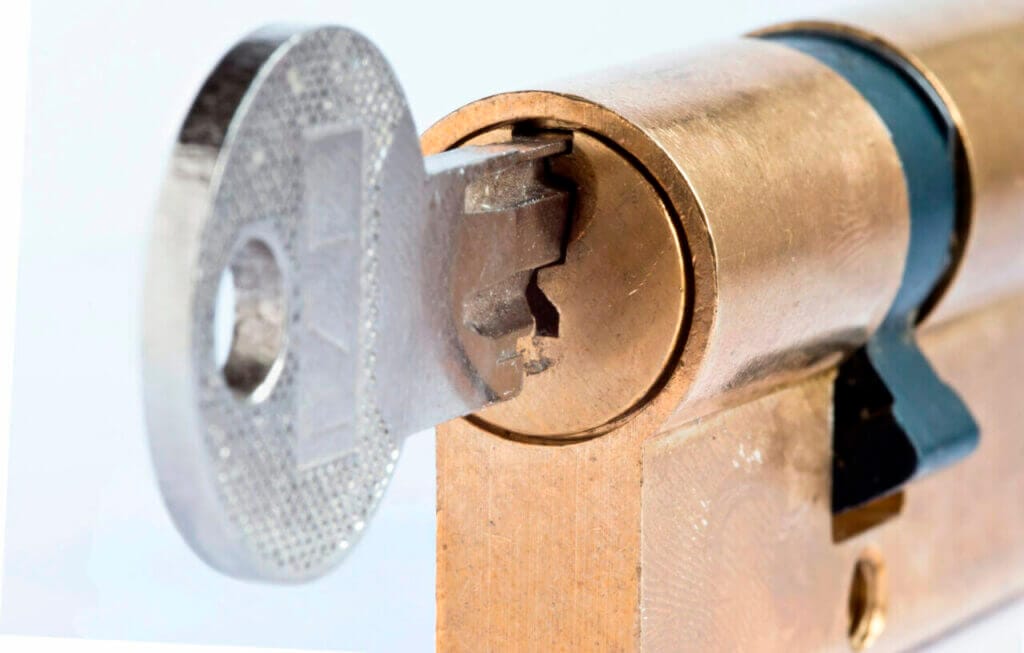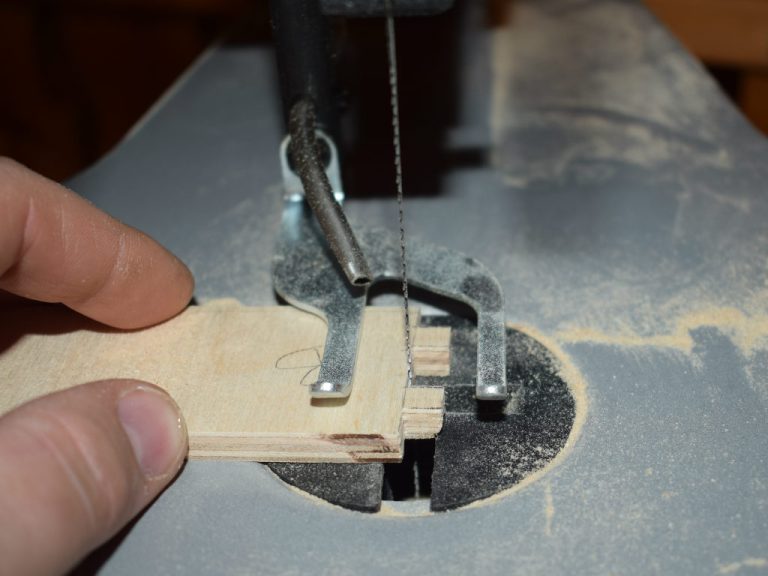Title: Bearings 101: A Comprehensive Guide for Beginners
If you’re new to mechanics, understanding bearings is essential. Bearings are components that reduce friction and facilitate movement in various devices. This beginner’s guide covers the basics, from types and functions to how they’re used in everyday applications.

What Are the Basic Functions of Bearings?
Bearings allow parts to move smoothly by reducing friction between surfaces. They support rotational and linear motion in everything from bicycle wheels to washing machines.
What Are the Main Types of Bearings?
- Ball Bearings: For low-friction, high-speed applications.
- Needle Bearings: Compact, designed for applications with limited space.
- Tapered Bearings: Handle combined radial and axial loads, ideal for wheels and axles.
- Plain Bearings: Simple and durable, often used in low-speed applications.
What Are Some Common Everyday Uses for Bearings?
Bearings are found in:
- Home Appliances: Fans, blenders, and refrigerators.
- Automobiles: Wheels, transmissions, and engines.
- Bicycles: In the pedals, hubs, and cranksets.
How Can Bearings Be Protected from Wear and Tear?
Regular lubrication and ensuring proper load alignment are key. In situations with chemical exposure or extreme wear, geomembranes can be used as protective barriers to enhance bearing durability.
Understanding bearings is crucial for anyone interested in mechanics. Whether used in simple devices or complex machinery, bearings ensure smooth operation. Proper maintenance, along with the use of protective materials like geomembranes, can significantly extend their lifespan.
